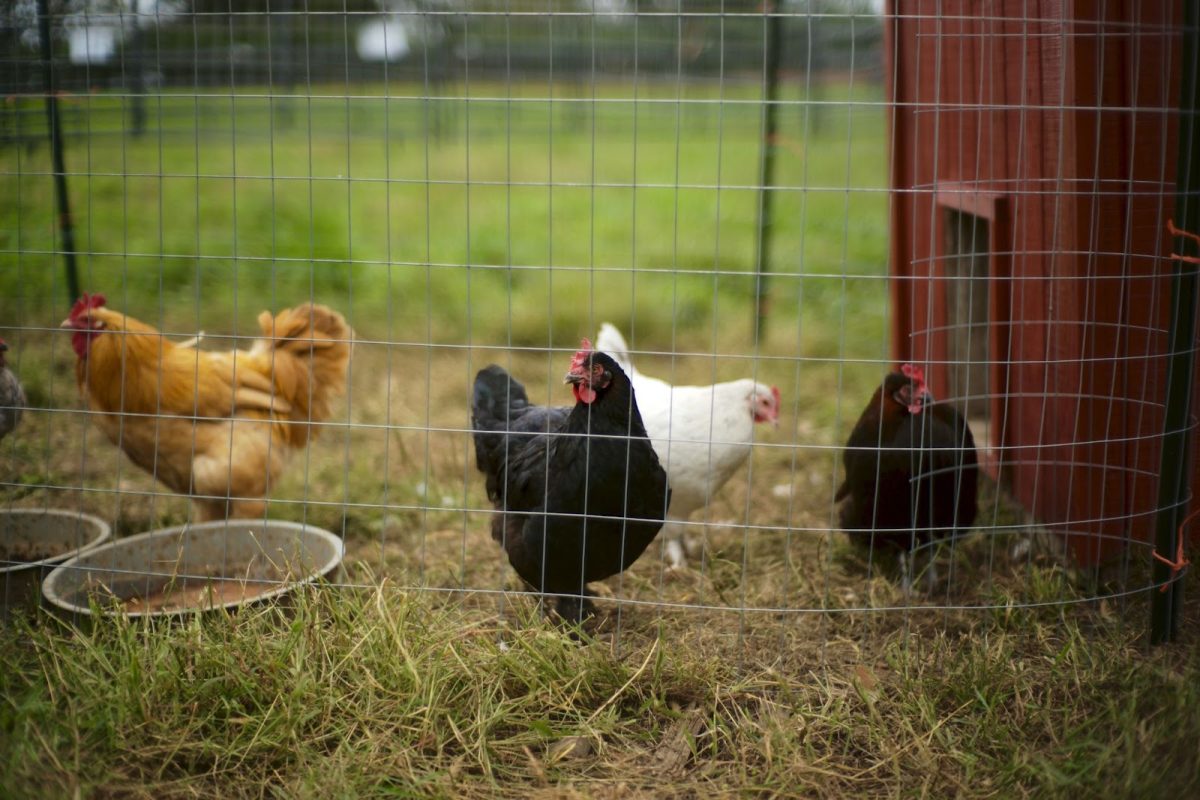Influenza A(H5N1) is a highly pathogenic species of what is commonly known as bird flu, and it is the species that most often causes flu in humans. Avian influenza is a viral infection passed among birds, and according to the CDC it has a high mortality rate of 90 to 100 percent in certain species of birds. The disease is also highly dangerous to humans. The CDC states, ”A(H7N9) virus and highly pathogenic avian influenza (HPAI) A(H5N1) and A(H5N6) viruses have been responsible for most human illness.” Avian influenza can cause internal organ failure with symptoms such as low energy, appetite or purple coloration of various body parts among different bird species, and side effects are present within the first 48 hours. Known cases among humans are limited but not unheard of and can be extremely dangerous if not treated.
Although cases among humans are rare, a recent case in Canada has revealed a young teen is infected with the virus. According to the Public Health Agency of Canada (PHAC), this is the first case in the country’s history. The case is connected to a viral outbreak present in poultry across British Columbia. Officials say that the risk of it spreading to more Canadians remains low but warn that exercising caution may be necessary.
Low Pathogenic Avian Influenza (LPAI) and High Pathogenic Avian Influenza (HPAI) have different severity levels when an animal is exposed to the virus. For LPAI the signs are either small or none at all, with the bird seemingly unaffected. In some cases, there is a drop in egg production or ruffled feathers. LPAI is more common among birds and occurs naturally in the wild, but it can morph into HPAI when in contact with poultry. Though it happens rarely, when these highly pathogenic varieties come in contact with humans, it can have drastic effects.
When a human contracts Avian flu they can experience symptoms such as conjunctivitis (pink eye), nausea, shortness of breath and many more symptoms. Bird flu has a mortality rate of over 50 percent when contracted by a person, with less than 1000 known cases worldwide since the disease was discovered. The influenza can affect the respiratory system which causes the shortness of breath, and from there it can infect the rest of the body, inevitably spreading to the brain. According to the Cleveland Clinic, symptoms can be caused when a person comes into contact with infected feces or saliva of the bird and touches their eyes, nose or mouth. When flocks of chicken have been in contact with bird flu, they are immediately taken out of the food supply to prevent any possible spread to humans.
When a person is infected with the virus, it is unlikely to pass from person to person, making it rarely contagious among humans. There have been few cases when avian bird flu has spread person to person, but for the majority of cases it has only been from an infected animal to a person through prolonged contact. The people with the highest risk are farmers and ranchers who handle livestock and could risk exposure if they came into contact with infected animals. If a person does receive and become infected with the virus, it could cause other serious illnesses such as pneumonia, acute respiratory distress and sepsis. Pneumonia is when the lungs air sacs fill with fluid, causing difficulty breathing leading your blood to receive little oxygen. Acute respiratory distress is life-threatening, causing fluid to seep into your lungs, while sepsis is when chemicals are released into your bloodstream, which in turn triggers inflammation across the body.
Though avian influenza can be life threatening, it is rarely passed to humans, with less than 1000 known cases worldwide, and it spreads primarily among birds. Avian influenza is a deadly virus with mortality rates being higher than 50 percent in humans and possibly 100 percent in birds, killing over 10,563 birds as of Nov 11 this year according to the CDC. Avian flu can be avoided by avoiding contact with wild birds, and avoiding facial contact in the case that contact with a wild bird is made.














































































